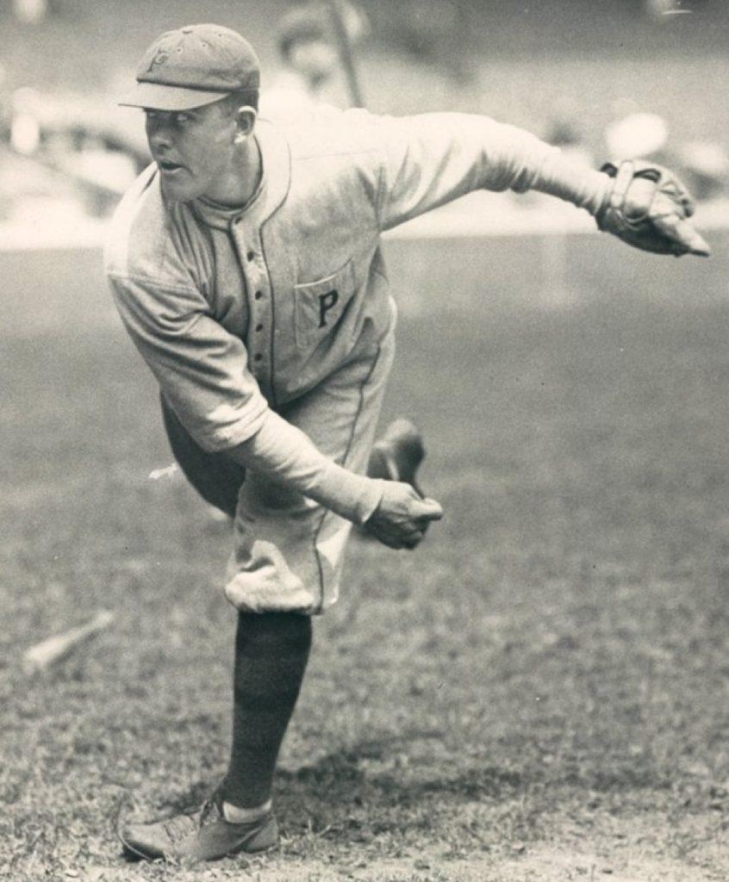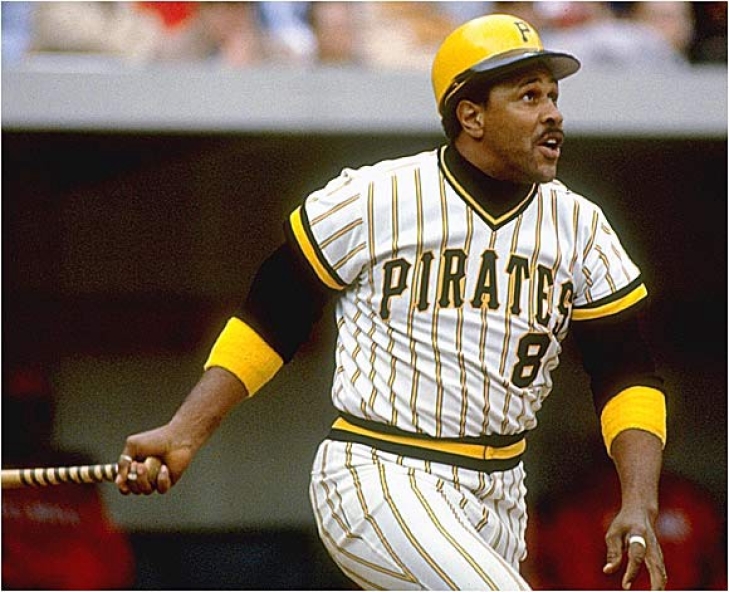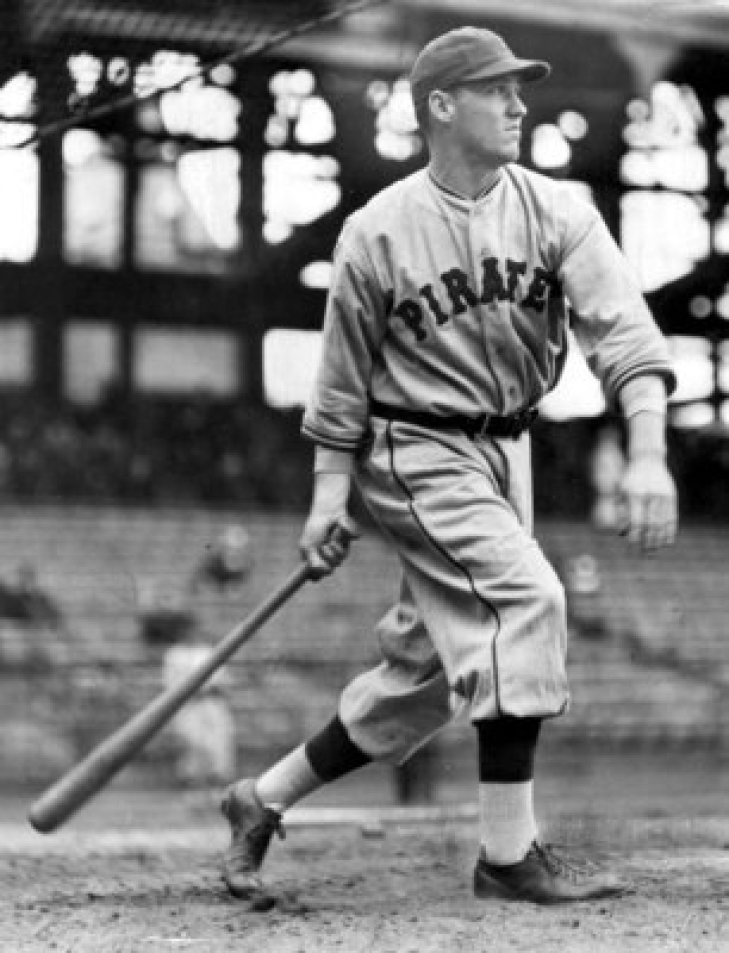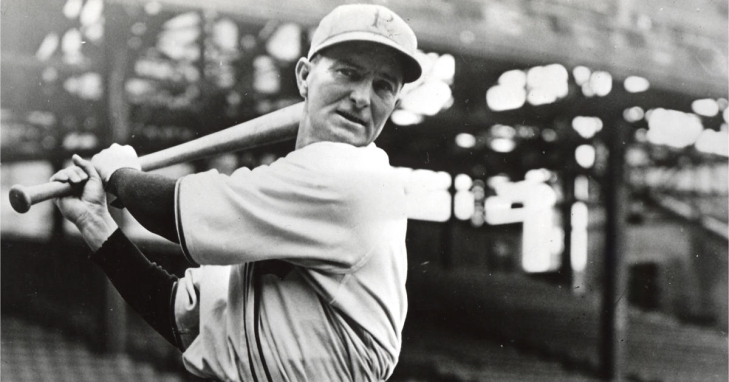
Committee Chairman
6. Babe Adams
Playing all but one game of his career with the Pittsburgh Pirates, Babe Adams was one of the best control Pitchers of his day.
Adams played in one game for the St. Louis Cardinals in 1906, and his contract would be traded to the Pirates shortly after. 1909 was the year he stuck, and in that year's World Series, he was their shining star, where he won three Games, posting a 1.33 ERA and a 0.889 WHIP.
Over the next few years, Adams was a high-end starter for the Pirates, and he would lead the NL in WHIP in 1911 and 1914, and he was a 20 game-winner in both 1911 and 1913. Sadly for Adams, shoulder trouble resulted in a subpar 1916 season, and he spent 1917 in the minors and most of 1918. It looked like it was over for Adams, but he got healthy and had there been a Comeback Player of the Year Award, he likely would have won it (although the players coming back from World War I might have had something to say about that).
From 1919 to 1921, he led the National League in WHIP, and from '19 to '22, he was the first place finisher in BB/9 and SO/BB. Adams would also lead the NL in FIP four times in his career.
His play fell off by 1924, but he was in his 40s by this time. Adams did play in the 1925 World Series, and although he did not play much, he was a member of that championship team, making him the only player on both Pittsburgh's 1909 and 1925 World Series Titles. His last season was 1926, and he retired with a record of 194-139 and a WHIP of 1.090.
5. Willie Stargell
Willie Stargell was a Pittsburgh Pirate for all 21 of his Major League seasons, and he lived up to the first four letters of his last name.
Signing in 1958 and debuting for Pittsburgh in 1962, Stargell became a starter in Leftfield in 1964, and he was a fixture in the Pirates starting lineup over the next 16 years. A seven-time All-Star, Stargell was blessed with a phenomenal power game, blasting 475 Home Runs over his career, and was a two-time National League leader twice (1971 & 1973) in both of those years, he was the runner-up for the MVP. Stargell was a massive component of the Pirates 1971 Championship, but what he did later on in his career would become his opus.
In the late 70s, the Pirates had their pillbox-style baseball cap, and Stargell, the team captain, began awarding stars on the cap following an outstanding performance. In 1979, Stargell was the co-MVP (with Keith Hernandez), and under his guidance, the team adopted Sister Sledge’s “We Are Family” as the team anthem. The Pirates won the World Series that year, with Stargell leading the way, winning the NLCS MVP and World Series MVP, making him the first player to win those three MVPs in the same season. His body broke down afterward, and he retired after the 1982 season but remains one of the most beloved players in Pittsburgh history, and the Pirates retired his number 8 immediately.
Stargell’s 475 Home Runs and 1,540 RBIs remain team records, and he entered the Baseball Hall of Fame in 1988.
4. Arky Vaughan
Arky Vaughan played the bulk and best of his career with the Pittsburgh Pirates, the team he debuted in the Majors for in 1932 as a backup Shortstop.
Vaughan took over for good as their starter the following year, leading the NL in Triples (19), and in 1934, he began a nine-year run (eight in Pittsburgh) of All-Star Game appearances. The infielder had his best year in 1935, sweeping the league-lead in Slash Line (.385/.491/.607), and would belt a career-best 19 Home Runs. Vaughn would finish third in MVP voting, a finish that would be his best.
Vaughan remained one of the top Shortstops in the National League, both in offense and defense and in the ten years he was a Pirate, he never batted below .300, completing his run with Pittsburgh batting .324. Traded to Brooklyn in 1942, Vaughan had 1,709 Hits for the Pirates, with an OPS of .887.
Vaughan was chosen for the Baseball Hall of Fame in 1985 via the Veteran's Committee. The Pirates retired his number 11 in 2007.
3. Paul Waner
The 1920s brought us the Home Run era that we still enjoy today, but spray hitters have never gone out of style. One of the best was Paul Waner.
Waner learned how to bat by hitting corncobs from Oklahoma, but that is not the most unique part about developing his skills. Waner had poor eyesight, specifically due to astigmatism, and he learned how to hit the blurry baseballs in the middle. Unique as it was, it worked, and he tore it up in the Minors and would land a job in Pittsburgh in 1926 as their Rightfielder.
Waner had a terrific rookie year, leading the NL in Triples (22) with a .336 Batting Average. As an MLB sophomore, Waner had his best year as a professional, topping the league in Hits (237), Triples (18), RBIs (131), and Batting Average (.380). Waner rightfully won the MVP, and although we will argue this was his peak campaign, it was not his last excellent one.
Over the next ten years, Waner could be counted on to produce Hits, Runs, and a high Batting Average. From his rookie year in '26 until 1937, Waner never finished a year with a Batting Average lower than .300, and he won two more Batting Titles (1934 & 1936) to add to the one he captured when he was an MVP. Waner had nine years with over 100 Runs (including two league-leading years), was a two-time Hit leader, and two-time leader in Doubles. He never did capture a second MVP, but he was in the top five three times.
As Waner got older, his skills slipped, and the Pirates traded him to Brooklyn during the 1940 Season. He played five more years, but had he never played baseball after Pittsburgh, Waner would have been Cooperstown-worthy. With the Pirates, he had 2,868 Hits, with a Batting Average of .340.
Waner was chosen for the Baseball Hall of Fame in 1952, his seventh year on the ballot.





